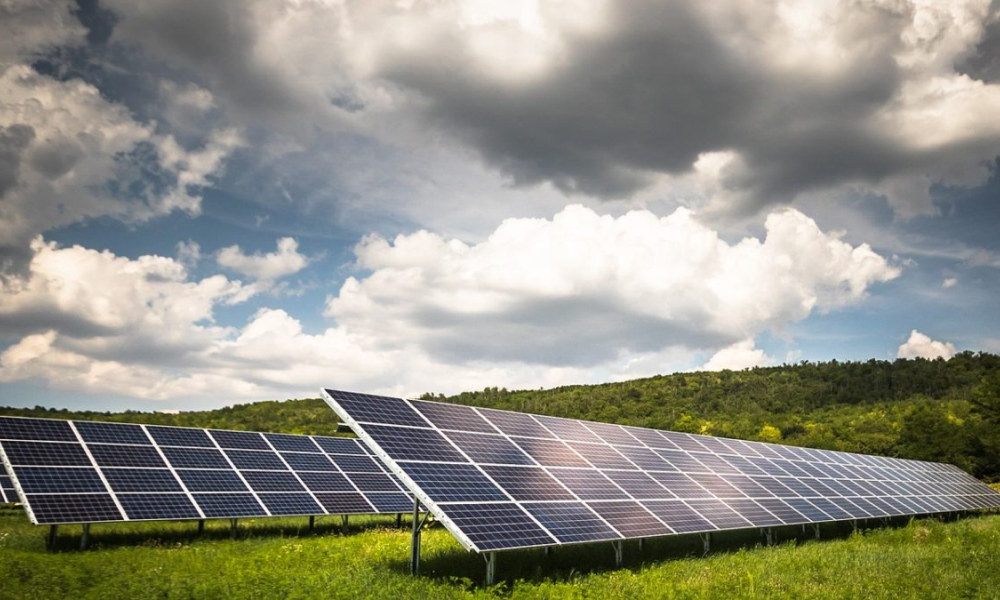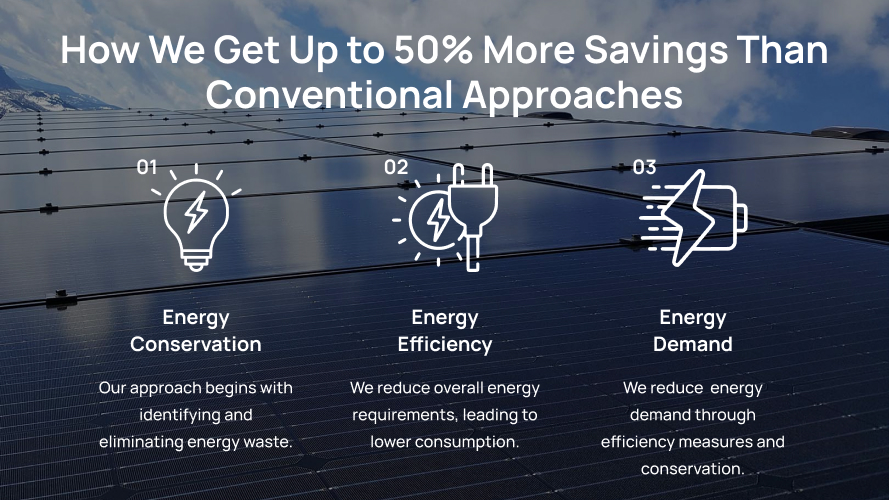Trusted by
Elevate Your Commitment To A Greener Future With A Large-Scale 2MW Solar System.
Are you looking to reduce reliance on costly fossil fuels? What impact would clean energy have on your business or community?
With our advanced solar solutions, you have the potential to enjoy sustainable electricity generation, reduce your carbon footprint and take control over your energy costs now and decades into the future.
Whether for large commercial, industrial, or community projects, we tailor systems to maximise efficiency and savings. Through harnessing South Australia’s abundant sunlight combined with our state-of-the-art technology, you benefit from optimal energy production.
Now is your opportunity to elevate your commitment to a greener future with our 2MW solar systems. Join the renewable revolution, power your progress, and bask in the benefits of environmentally-conscious energy generation by reaching out on (08) 7120 6366 today for more information.
What Are The Best Types Of 2MW Solar Systems?
The best types of 2MW (Megawatt) scale systems typically involve a combination of high-efficiency panels, advanced inverters, and smart energy management solutions.
Monocrystalline or polycrystalline panels with a high wattage rating and a good temperature coefficient perform well in South Australia’s climate. String inverters or central inverters can be used for effective energy conversion. Additionally, incorporating tracking systems like single-axis or dual-axis trackers enhances energy capture by following the sun’s movement.
To ensure optimal performance, consider using remote monitoring and maintenance systems. Customisation to site conditions and energy needs is key. For more information, consult with one of our solar experts to determine the best system configuration for your specific requirements.
What Factors Affect 2MW Solar Systems Cost?
The cost of a 2MW scale installation can vary widely based on several factors, including the type of panels used, the quality of inverters, installation complexity, site-specific requirements, and any additional components like tracking systems or energy storage.
It’s important to note that prices may change due to evolving technology and relevant incentives. For a custom quote, a member of our team is available to help on (08) 7120 6366.

2MW Solar System Benefits
Cost Savings: By generating your own electricity, you can reduce your reliance on grid power, leading to lower energy bills and long-term cost savings.
Environmental Impact: Solar energy is clean and renewable, reducing greenhouse gas emissions and contributing to a greener environment.
Energy Independence: Generating your own power provides a degree of energy independence, reducing vulnerability to fluctuations in energy prices and supply.
Return on Investment: While upfront costs exist, they offer a strong ROI over their lifespan due to energy savings and potential government incentives.
Low Maintenance: Panels have minimal maintenance requirements, translating to low ongoing operational costs.
Longevity: Quality systems have a long lifespan, often lasting 25 years or more, ensuring prolonged benefits.
Community Image: Utilising sustainable energy showcases your commitment to environmental responsibility, improving your community and business image.
Government Incentives: Depending on the region and time, government incentives, grants, and rebates may be available to offset installation costs.
Reduced Grid Pressure: Solar systems alleviate demand on the grid, especially during peak usage times, contributing to overall grid stability.
Technological Advancements: Continued innovations in solar technology may enhance efficiency and energy capture, potentially increasing system performance.
What Is The Installation Process For 2MW Solar Systems?












